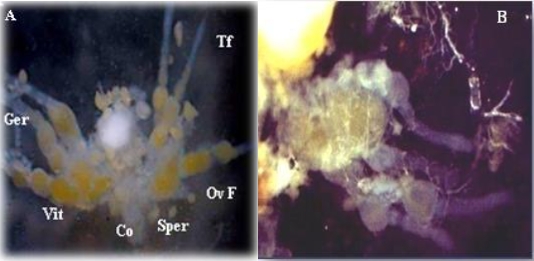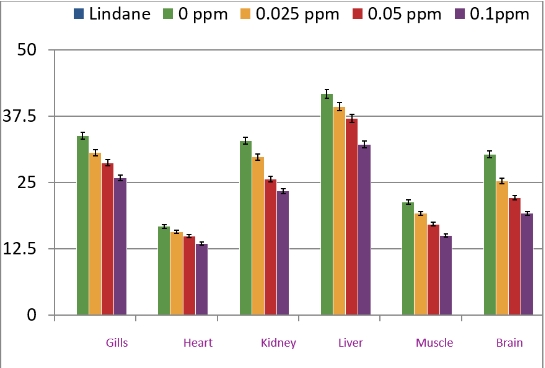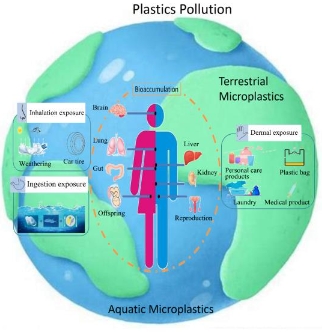Perspective: Senselessness in ecotoxicological investigation
Abstract
Whether openly stated or not by the authors of nearly all ecotoxicology studies published in the peer-reviewed literature, the studies are conducted with the thinking that the furnished information is valuable for the field of ecological risk assessment. Reasonably too, those reading these published works share the same sentiment. These situations are unfortunate, for a closer inspection of the research conducted reveals that commonly, one or more study aspects render the data generated to be not utilizable for ecological risk assessment purposes. Some frequently encountered complications include using test species that are never assessed for health effects in the wild, the mode of chemical dosing deviating radically from the manner in which actual chemical exposures occur, and lacking an assessment methodology for expressing health impacts. Because ecotoxicological investigation often does not align with the applied-science needs of ecological risk assessment, this article wonders why the studies proceed. Moreover, this article recommends that authors caution their readership about the limited or lacking utility of the research they describe in the area of fostering assistance and embellishment to ecological assessment science.
References
[1]Tannenbaum LV. Alternative Ecological Risk Assessment: An Innovative Approach to Understanding Ecological Assessments for Contaminated Sites. Wiley Blackwell; 2013.
[2]Tannenbaum LV. Can ecological receptors really be at risk? Human and Ecological Risk Assessment: An International Journal 2003; 9(1): 5–13. doi: 10.1080/713609848
[3]Efroymson RA, Will ME, Suter II GW. Toxicological Benchmarks for Contaminants of Potential Concern for Effects on Soil and Litter Invertebrates and Heterotrophic Process: 1997 Revision. Oak Ridge National Laboratory; 1997.
[4]Carlsen TM. Ecological risks to fossorial vertebrates from volatile organic compounds in soil. Risk Analysis 1996; 16(2): 211–219. doi: 10.1111/j.1539-6924.1996.tb01451.x
[5]Gallegos P, Lutz J, Markwiese J, et al. Wildlife ecological screening levels for inhalation of volatile organic chemicals. Environmental Toxicology and Chemistry 2007; 26(6): 1299–1303. doi: 10.1897/06-233r.1
[6]Markwiese JT, Tiller B, Ryti RT, et al. Using artificial burrows to evaluate inhalation risks to burrowing mammals. Integrated Environmental Assessment and Management 2008; 4(4): 425–430. doi: 10.1897/ieam_2008-013.1
[7]Lewis R, Johns L, Meeker J. Serum biomarkers of exposure to perfluoroalkyl substances in relation to serum testosterone and measures of thyroid function among adults and adolescents from NHANES 2011–2012. International Journal of Environmental Research and Public Health 2015; 12(6): 6098–6114. doi: 10.3390/ijerph120606098
[8]Johnson MS, Quinn MJ, Williams MA, et al. Understanding Risk to Wildlife from Exposures to Per- and Polyfluorinated Alkyl Substances (PFAS). CRC Press; 2021. doi: 10.1201/9781003162476
[9]U.S. Environmental Protection Agency. Risk Assessment Guidance for Superfund. Volume I: Human Health Evaluation Manual (Part A), Interim Final. U.S. Environmental Protection Agency; 1989.
[10]Kolluru R. Health risk assessment: principles and practices. In: Kolluro R, Bartell S, Pitblado R, Stricoff RS (editors). Risk Assessment and Management Handbook. McGraw-Hill; 1996.
Copyright (c) 2023 Lawrence V. Tannenbaum

This work is licensed under a Creative Commons Attribution 4.0 International License.








